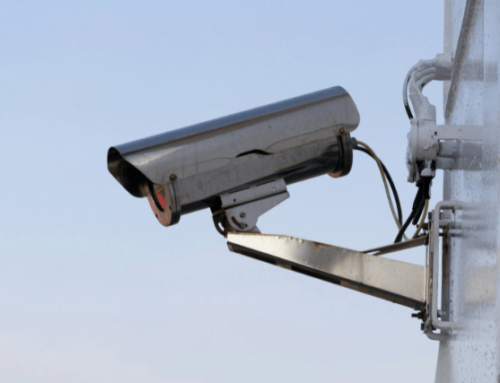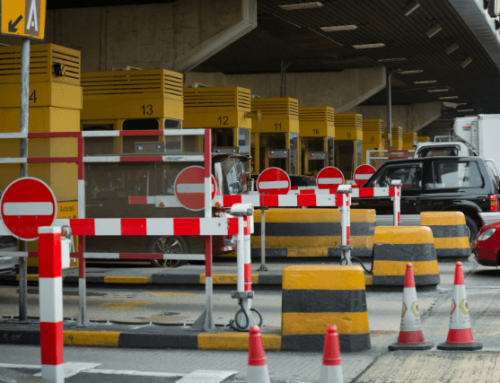Distributed denial-of-service attacks are one of the oldest cybersecurity threats. The cybersecurity industry has largely learned how to deal with these attacks. A majority of internet service providers and public cloud vendors are able to provide basic protection against most volume-based DDoS attacks.
Hackers have adapted to these new protections that are now in place. One of the newer tactics hackers are utilizing is a L7 DDoS attack. Organizations may be unaware of this new type of attack, let alone how to defend against it. Businesses that are heavily dependent upon online revenue should understand what an L7 DDoS attack is and what they can do to prevent it.
What Is A L7 DDoS Attack?
Simply put, an L7 DDoS takes advantage of a breach or vulnerability in a web application. The top layer (layer 7) of an Open Systems Interconnection (OSI) model is targeted in this type of DDoS attack. There are different versions of L7 DDoS attacks, such as low-and-slow attacks or HTTP floods. These attacks can eat up both server and network resources.
L7 DDoS Attacks Can Be More Difficult To Protect Against
Protecting web applications from L7 DDoS attacks can be more difficult than other forms of DDoS attacks, due to the fact that the requests appear to be coming from legitimate sources. As more and more web traffic is encrypted, cybersecurity defenses are unable to look at the contents of the packet itself. DDoS defenses will then have a much more difficult time between a legitimate web traffic increase and a malicious attack.
Hackers are able to mimic legitimate user traffic. Identifying layer seven attacks requires an intimate understanding of user behavior, as well as the web application itself. L7 DDoS attacks do not require high traffic volume in order to be successful. A single machine can be used to take down a web application.
An organization with a high percentage of online revenue can lose millions of dollars from an L7 DDoS attack. Putting the proper defenses in place can prevent your web application from crashing.
How To Mitigate L7 DDoS Attacks
While you may not be able to prevent all L7 DDoS attacks, there are some precautions you can put into place to slow hackers down. L7 DDoS attacks cannot be mitigated only by the strength of a network’s capacity. Organizations often rely on manual IP filtering through an IP reputation database, network analysis, and firewalls in order to prevent L7 DDoS attacks. Manual filtering is typically time consuming and can be too slow to defend against large attacks.
Accurately profiling incoming traffic is one of the most effective ways to mitigate L7 DDoS attacks. IT security experts can test whether the user is a bot or not. Similar to a CAPTCHA test, this defense mechanism will mitigate L7 DDoS attacks. Your organization can distinguish bots from real users and prevent them from attacking your web application.
Preventing all types of DDoS attacks is vital for businesses who are reliant on online revenue. Organizations should put the proper protocols and protections in place, in order to reduce the chances of a L7 DDoS attack taking down a web application.












